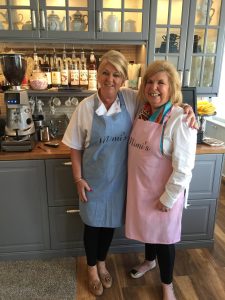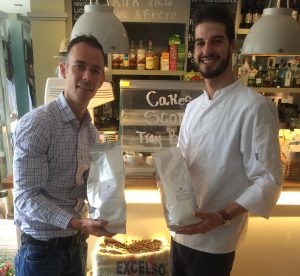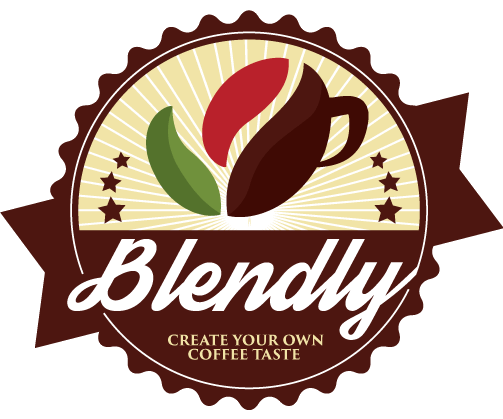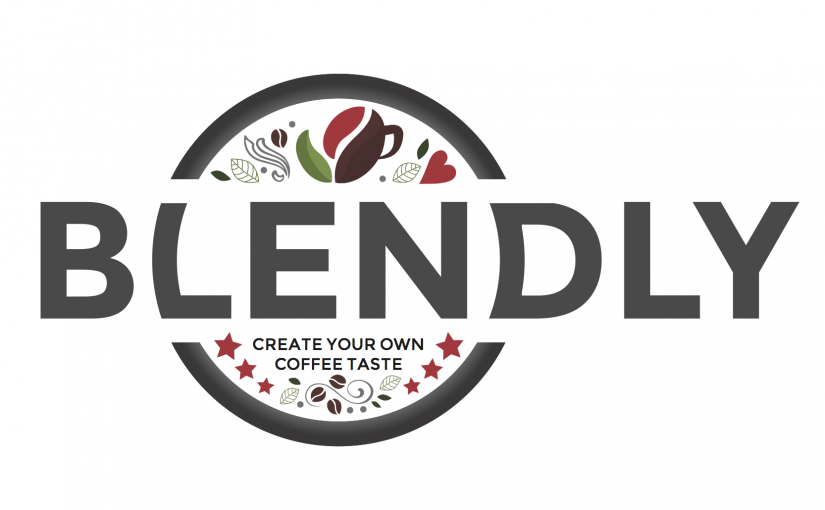Why Do Coffee Roasters Favour Blends?
Why is it that it is rare to walk into a café and get your coffee made from just Ethiopian coffee beans, or just Costa Rican coffee beans? Simply put, roasters try to give their consumers the best of a few different beans to make the coffee as complex as possible. A coffee with good mouthfeel (eg Brazil) is no good without aroma (add some Papuan New Guinea) or aftertaste (add some Mexican Altura). Coffee aficionados love tasting single origin coffees to taste the nuances in those coffees, but if you are a café trying to maximize your revenue by satisfying as many people as possible, you will want to give them espresso with mouthfeel, aroma, aftertaste, good crema, acidity and smoothness but not bitterness.
Simply put, roasters try to give their consumers the best of a few different beans to make the coffee as complex as possible. A coffee with good mouthfeel ![]() (eg Brazil) is no good without aroma (add some Papuan New Guinea) or aftertaste (add some Mexican Altura). Coffee aficionados love tasting single origin coffees to taste the nuances in those coffees, but if you are a café trying to maximize your revenue by satisfying as many people as possible, you will want to give them espresso with mouthfeel, aroma, aftertaste, good crema, acidity and smoothness but not bitterness.
(eg Brazil) is no good without aroma (add some Papuan New Guinea) or aftertaste (add some Mexican Altura). Coffee aficionados love tasting single origin coffees to taste the nuances in those coffees, but if you are a café trying to maximize your revenue by satisfying as many people as possible, you will want to give them espresso with mouthfeel, aroma, aftertaste, good crema, acidity and smoothness but not bitterness.
Think of a coffee roaster like a chef mixing in many ingredients to make his/her signature dish. Those ingredients (for arguments’ sake let’s say they are celery sticks, cream, butter, pumpkin, spices and stock) on their own are not overly inviting, but mixed together and cooked for the right amount of time and they transform into an amazing gourmet cream soup that can fetch $20 a bowl at a good restaurant! Just as a chef tries to create synergy (the end product being much better than the sum of its individual parts), so too does a coffee roaster.
Roasters can create blends for complementarity sometimes and at other times to create contrasts – depending of course on what their wholesale customer may  think their consumers would be interested in drinking. They may find a couple of beans that go really nicely together, such as Ethiopian and Brazilian and another couple that stand in stark contrast with each other such as Sumatran and Kenyan and tailor blends based on those similarities and differences.
think their consumers would be interested in drinking. They may find a couple of beans that go really nicely together, such as Ethiopian and Brazilian and another couple that stand in stark contrast with each other such as Sumatran and Kenyan and tailor blends based on those similarities and differences.
What is really interesting about the blending process is that a roaster’s blend may need to change from time to time and the large coffee companies will have cuppers who continually cup their blends to ensure that their integrity of the blend does not change over time. For example the roaster may use a Guatemalan bean from a particular plantation in their signature blend. Over time, the taste of the roasted beans from that plantation may change due to a number of factors: climate change, a change in the way those beans have been fermented, dried or stored or a change in the soil conditions. This in turn will impact on the overall taste of the roaster’s blend. Now the roaster won’t want the overall taste of the blend to change because they  have loyal wholesale customers who like it and they in turn want to keep their paying customers satisfied from week to week. This will mean that the roaster will have to re-assess those Guatemalan beans and either substitute them with something else or change their weighting in the blend.
have loyal wholesale customers who like it and they in turn want to keep their paying customers satisfied from week to week. This will mean that the roaster will have to re-assess those Guatemalan beans and either substitute them with something else or change their weighting in the blend.
The golden rule for roasters is to create a flavour profile and be consistent with it.Examples of some blends we have created in the past and which we now use in our training rooms can be found on the blendly.co.uk
Examples of some blends we have created in the past and which we now use in our training rooms can be found on the blendly.co.uk
When is Coffee Blended – Before or after Roasting?
Some argue that blending pre-roasting can achieve a unique coming-together of flavours that cannot be achieved by roasting individual origins then blending. Beans that have been blended before roasting are typically characterised by all being the same colour.
Others argue that you have to maximise the flavour of each origin as they will not all want the same time in the roasting chamber. Beans that have been blended after roasting are typically characterised by being different colours.
Generally, blending post roasting occurs because:
– A small bean will roast at a different rate to a large bean
– Beans with different “hardness” or density will roast at different rates
– Beans with different moisture contents will roast at different rates
As past coffee roasters ourselves, to be honest, there is no right answer. Most roasters these days practice both methods depending on which beans they are using.
Single Origins vs Blends – Which type of coffee is better?
Purists would argue that you cannot top a great single origin coffee and that you must be very careful not to destroy the greatness of a coffee by mixing it carelessly with another.
But most coffee companies in Australia sell blends therefore arguably blends must be better. These companies probably want to offer their wholesale cafe customers and in turn their consumers a complex tasting coffee, giving them more than just one attribute that a single origin may be able to offer them.
At the end of the day though, nobody can say that one particular coffee is  better than another or one blend any better than another. All we know is that if you have a half-decent machine even at home, buying single origins after drinking blends all your life can be a refreshing experience and a thoroughly enriching one. but the Choice is up to you
better than another or one blend any better than another. All we know is that if you have a half-decent machine even at home, buying single origins after drinking blends all your life can be a refreshing experience and a thoroughly enriching one. but the Choice is up to you

